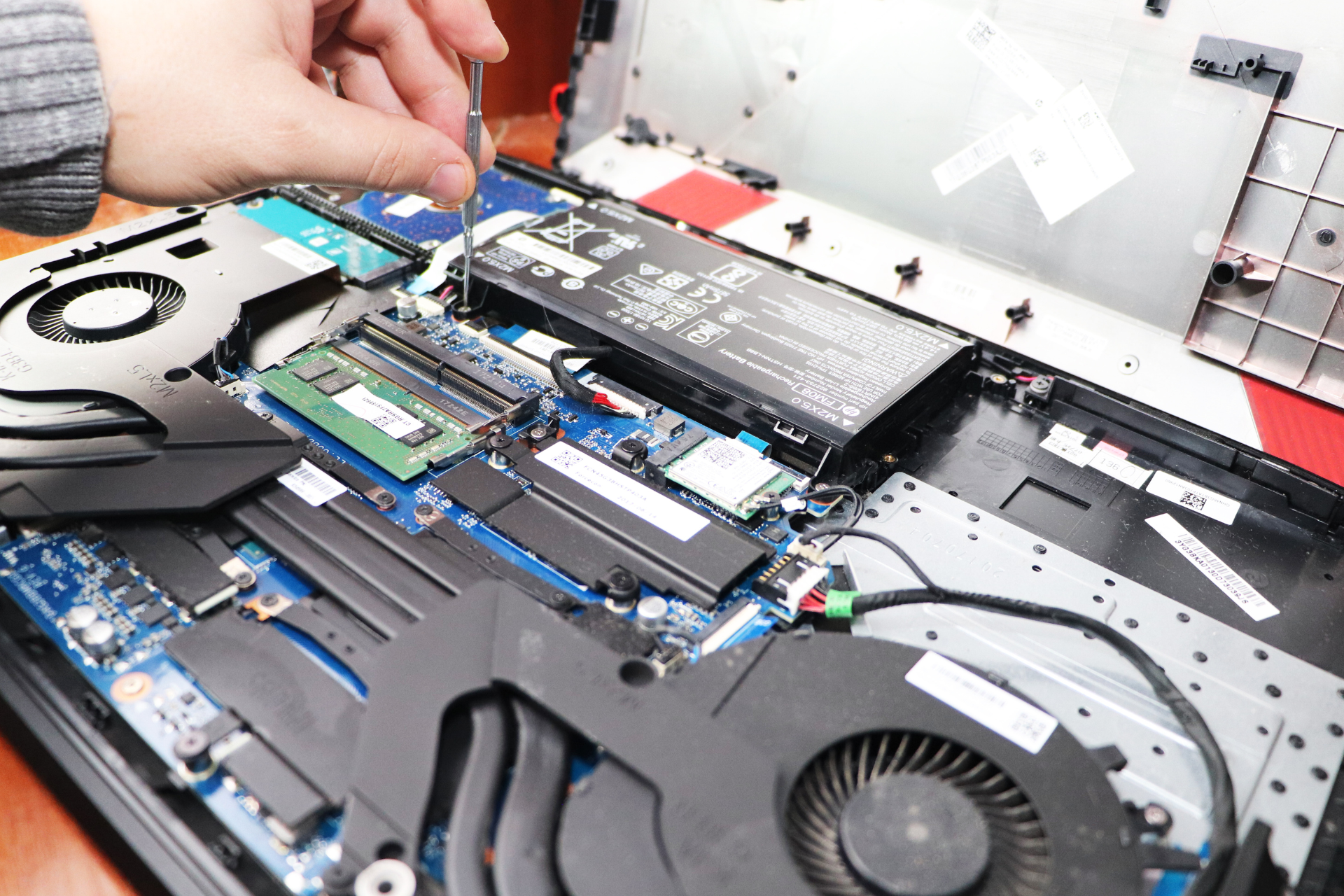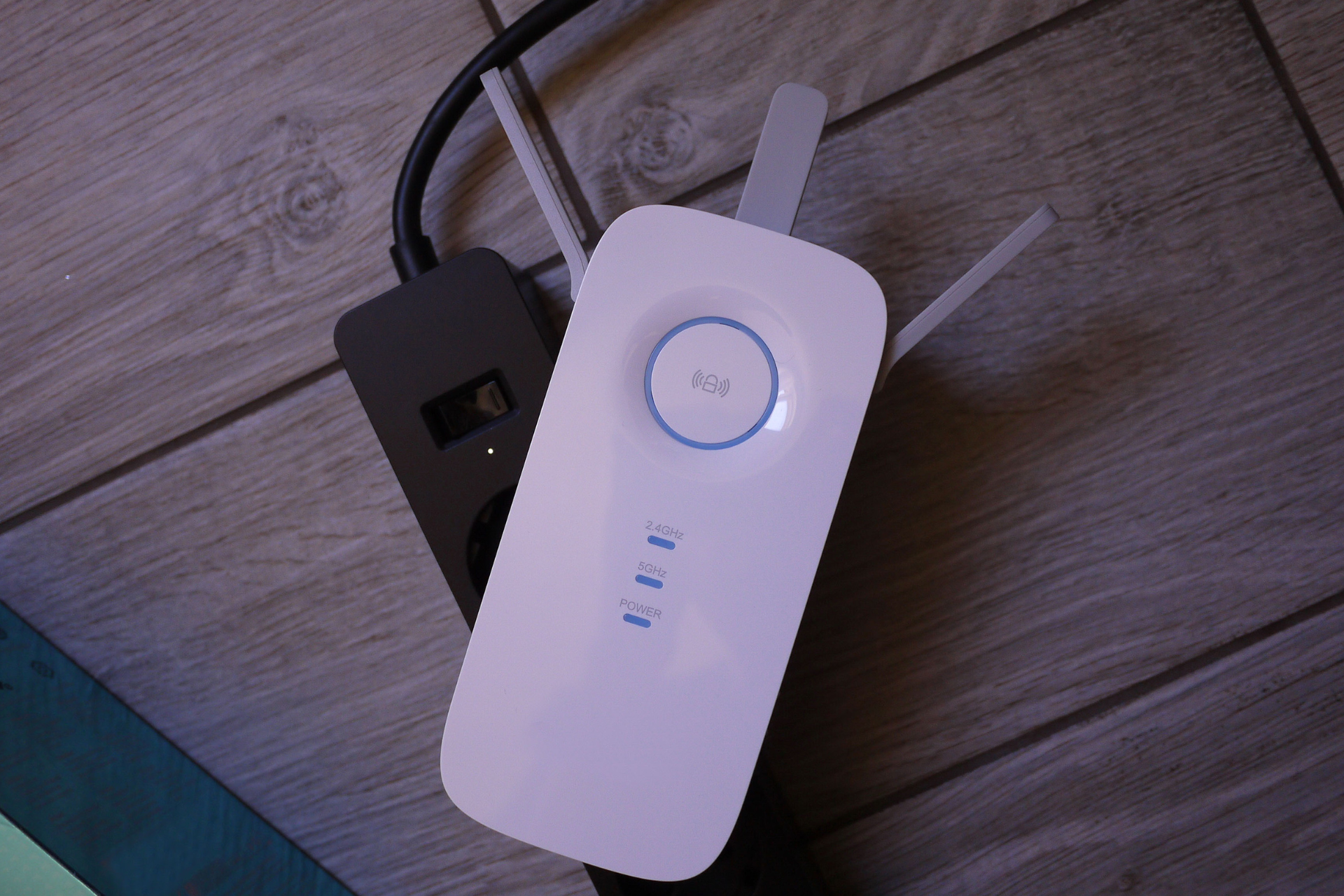Maximizing Productivity: How to Set Up a Home Office Network

Are you tired of slow internet speeds and unstable connections while working from home? Creating a reliable and efficient home office network is the key to maximizing productivity in today's digital world. At Nicell Wireless, we understand the importance of staying connected, which is why we've put together some essential tips on setting up a home office network that works seamlessly for all your devices.
1. Assess Your Workspace Needs
Before diving into the technical aspects of setting up a home office network, take some time to assess your workspace needs. Consider the number of devices you'll be connecting, the size of your home, and any potential obstacles that may interfere with your network signal. Understanding these factors will help you determine the best placement for your router and any additional equipment.
2. Invest in Quality Equipment
When it comes to setting up a home office network, quality equipment can make all the difference. Invest in a reliable router that can handle the bandwidth requirements of your devices and offers features like dual-band technology for improved performance. Consider adding Wi-Fi extenders or mesh networking systems to ensure a strong, consistent connection throughout your home office space.
3. Secure Your Network
Protecting your home office network from security threats should be a top priority. Make sure to set up a secure password for your Wi-Fi network and enable encryption to prevent unauthorized access. Consider using a virtual private network (VPN) for an added layer of security when connecting to your office network or handling sensitive data.
4. Optimize Network Performance
To ensure optimal network performance, consider adjusting your router settings to minimize interference from neighboring networks and devices. Keep your router firmware up to date and regularly monitor network traffic to identify any issues that may be affecting performance. Position your router in a central location within your home office space for better coverage and signal strength.
5. Create Dedicated Network Segments
If you have multiple devices connected to your home office network, consider creating dedicated network segments for improved organization and security. Separate your personal devices from your work devices to minimize the risk of potential data breaches or malware infections.
6. Implement Quality of Service (QoS) Settings
Quality of Service (QoS) settings allow you to prioritize certain types of network traffic over others, ensuring a smooth and reliable connection for your essential work applications. Configure your router's QoS settings to prioritize video calls, file transfers, and other high-bandwidth activities that require a consistent connection.
7. Test and Optimize Your Network
Once you've set up your home office network, be sure to test it regularly to identify any potential issues or areas for improvement. Use speed testing tools to measure your network performance and make adjustments as needed to optimize your connection speed and reliability.
By following these tips for setting up a home office network, you can create a reliable and efficient workspace that allows you to stay connected and productive throughout the workday. At Nicell Wireless, we're here to help you with all your cell phone repair and connectivity needs, so you can focus on what matters most – getting work done. Stay connected, stay productive, and thrive in your home office space!

























